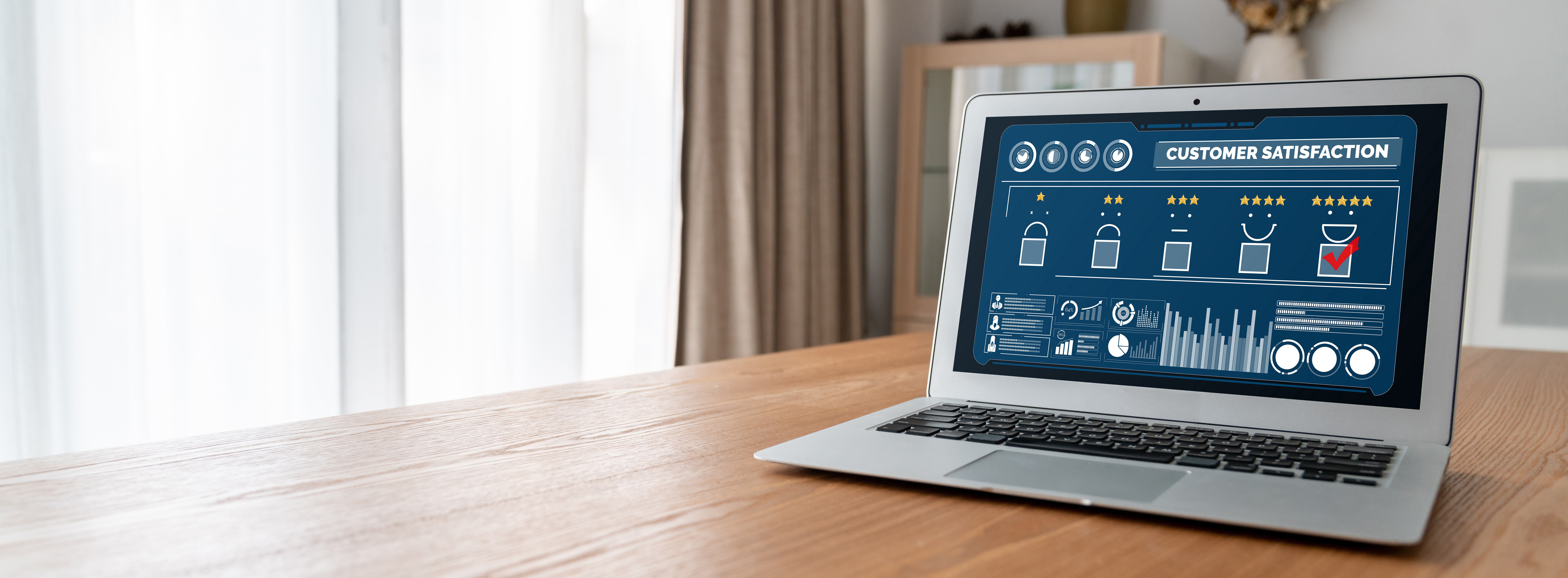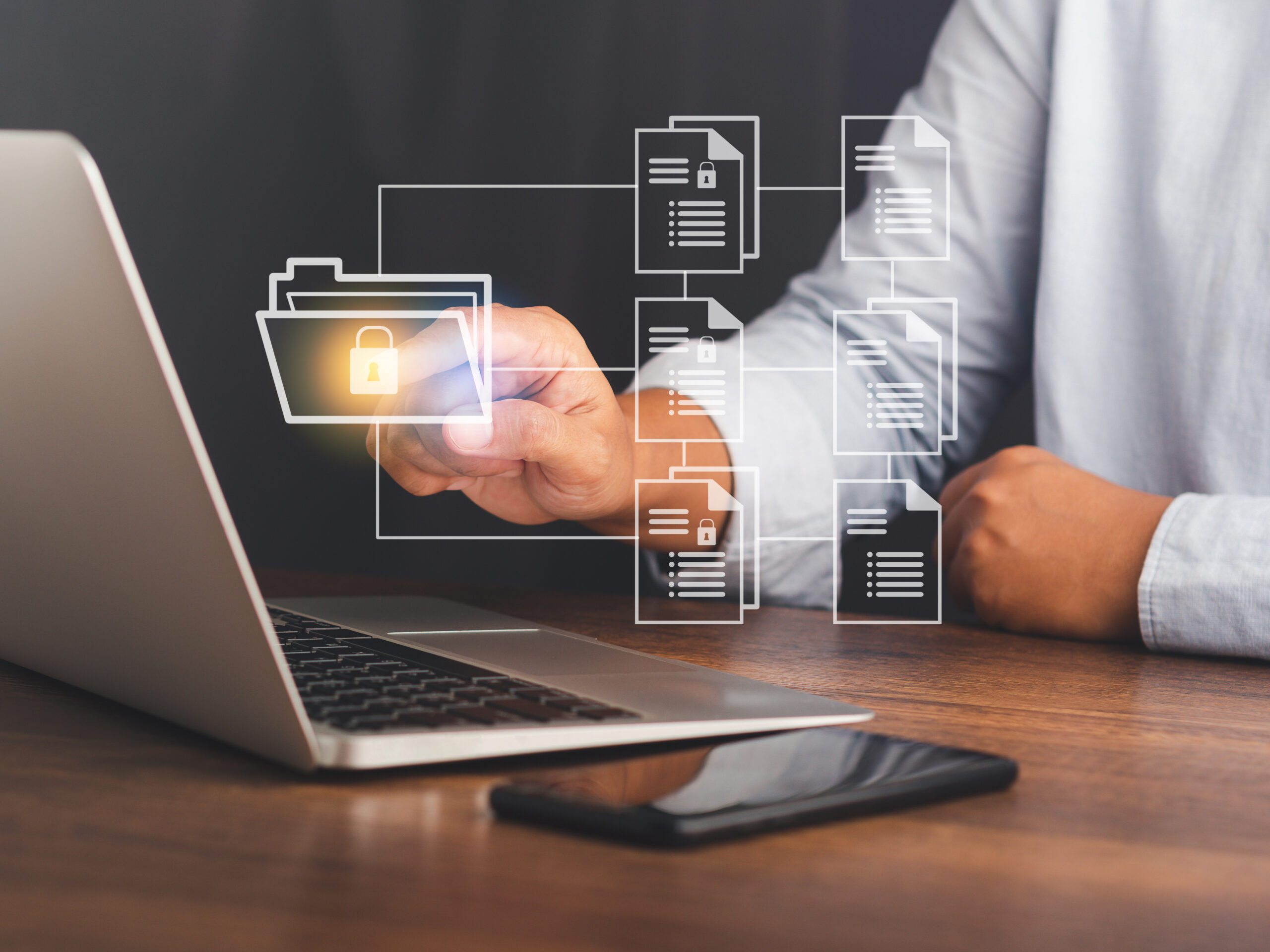
Most offices have been closed to prevent the spread of COVID-19, and companies have adopted to a world where many of their employees have been working from home. However, as the nation begins to discuss how to reopen businesses, company leaders are thinking about more permanent changes in how we all work; shifts that will last much longer than this crisis and could forever reconfigure the entire notion of offices.
The question is, are we seeing the beginning of the end of the traditional office typology? Experts predict that the virus definitely won’t kill the concept of working in standard office buildings. However, the new normal will have businesses come back with an open mind of alternative spaces for working. This definitely isn’t the first time in history that structures and buildings will be re-imagined or redesigned in response to an increased understanding of the disease.
Experts say coronavirus will leave a legacy in how our work spaces are designed, with some saying that it could lead to a decrease in open-plan offices and co-working spaces, as well as boost the use of touch-free technology at work, like motion sensors and facial recognition software.
Companies are considering to encourage better hygiene and social distancing. The core premise is to ensure that six feet, the recommended measurement for safe social distancing, stays between people at all times. This behavior is encouraged through properly spaced desks, and signs throughout the office. Many businesses will seize the opportunity to rethink their working arrangements to provide more flexibility to their employees than ever before, especially considering the proven benefits to productivity and engagement. Also, organizations are considering to allow flexibility into some of their policies, especially those related to time off, remote working, flexible work schedules, travel, office visitors, among others. It will change how companies meet with clients and prospects, along with overall daily operations. A more virtual workplace means IT departments will need to be at the top of their game, as well.
There’s now compelling evidence that the United States could meaningfully slow the spread of the coronavirus if all of us, whether healthy or sick, started wearing face masks in public. Organizations will now recommend that everyone wear face coverings in the office to avoid unwittingly spreading the virus.
The one thing that we know for sure is that “back to normal” in the workplace is going to be anything but normal. How the workplace will change once this pandemic is over and the world goes back to normal is yet to be seen. But it’s likely that the new normal will include a shift in employee and employer preferences, and the expectation of a more virtual workplace.
Is your company ready?



